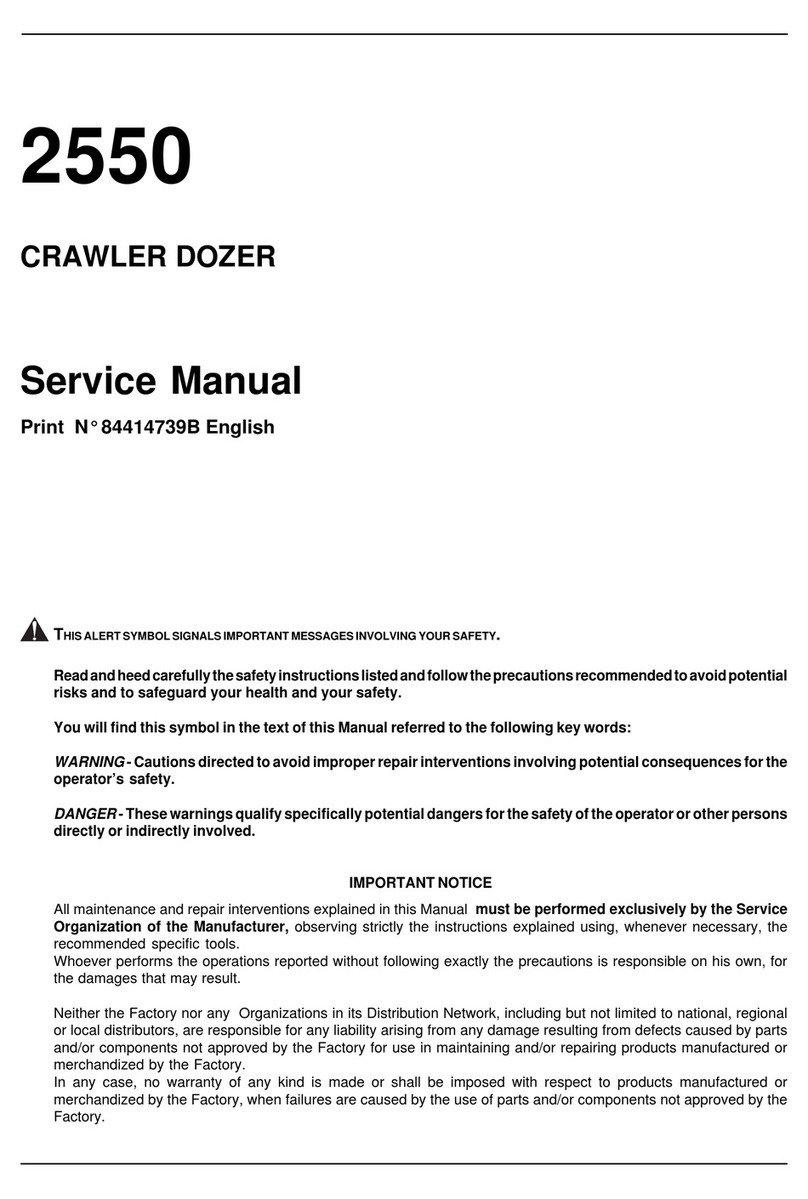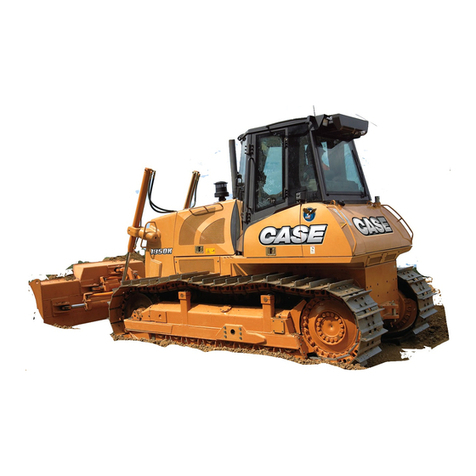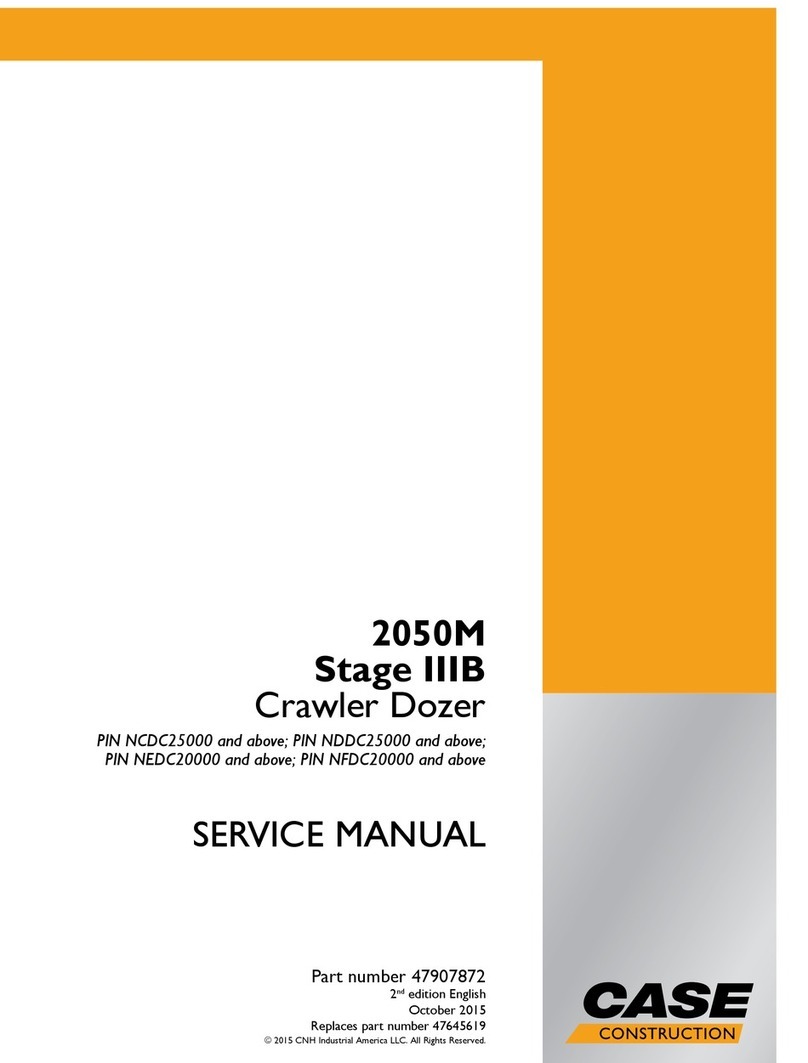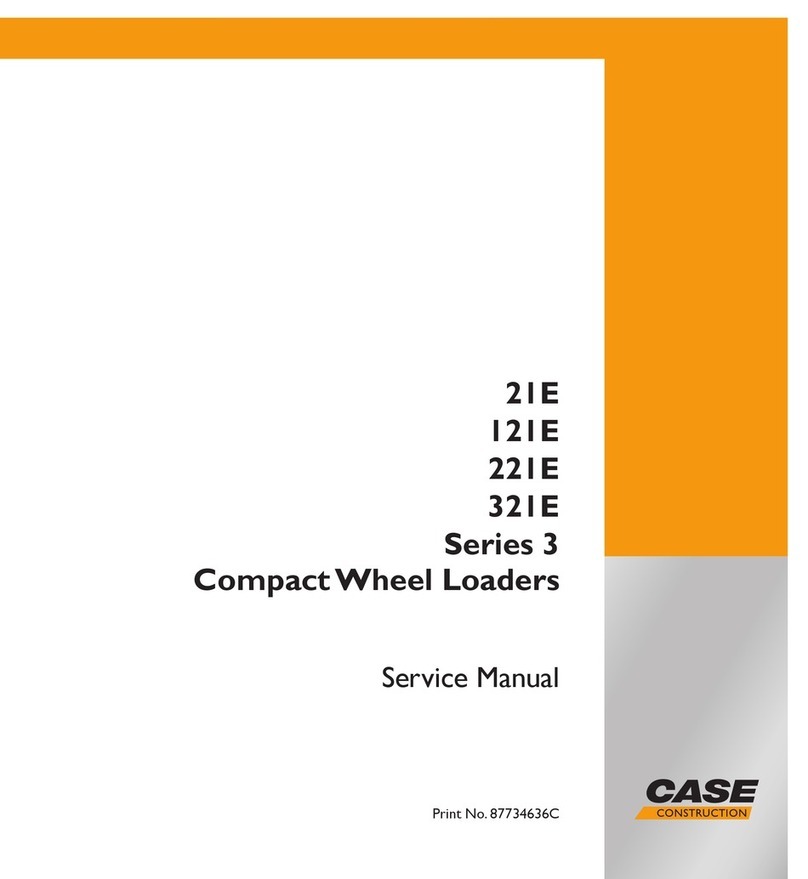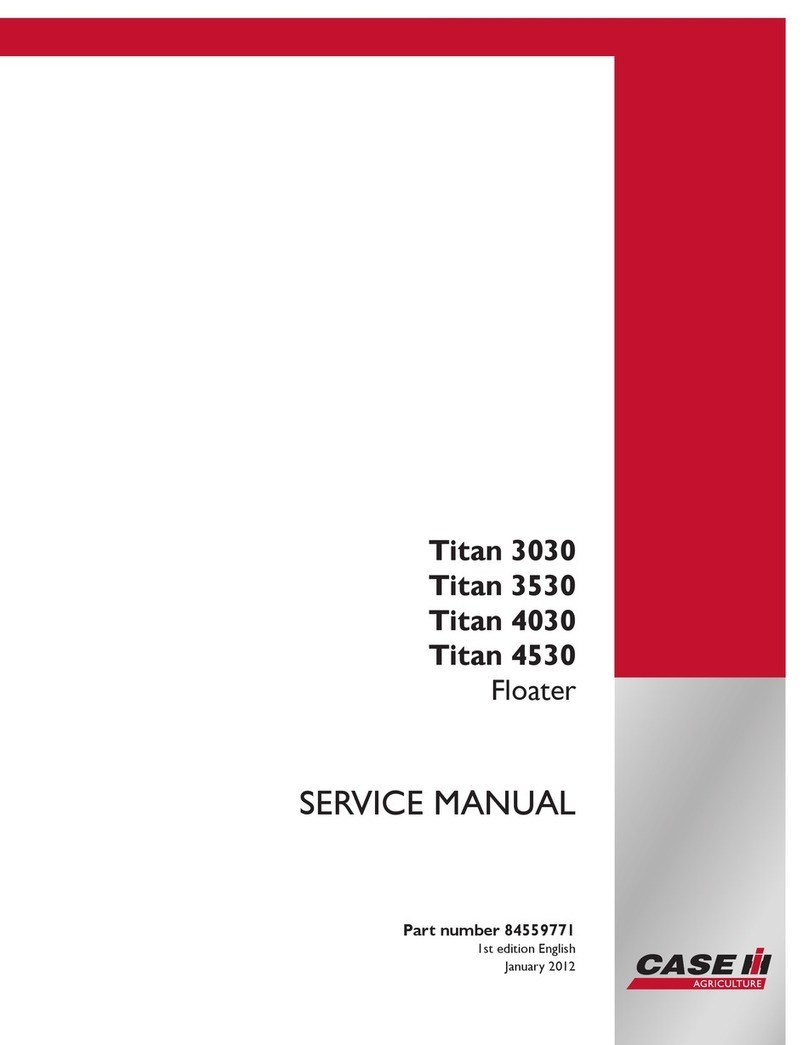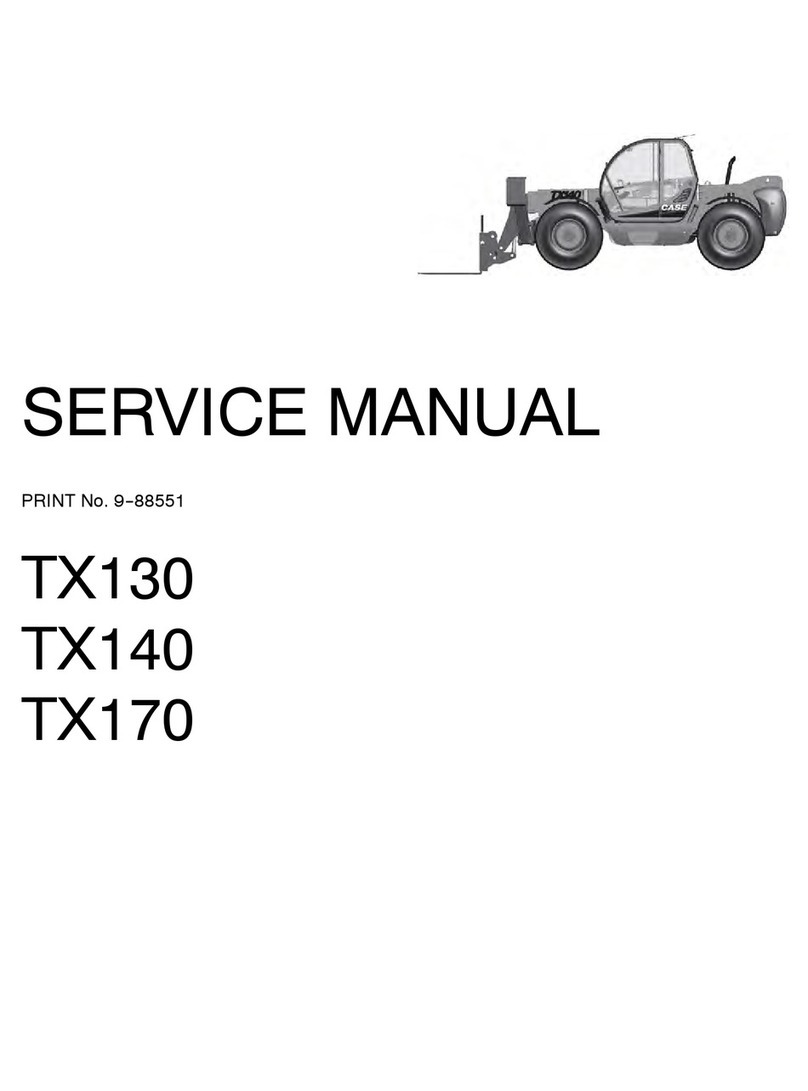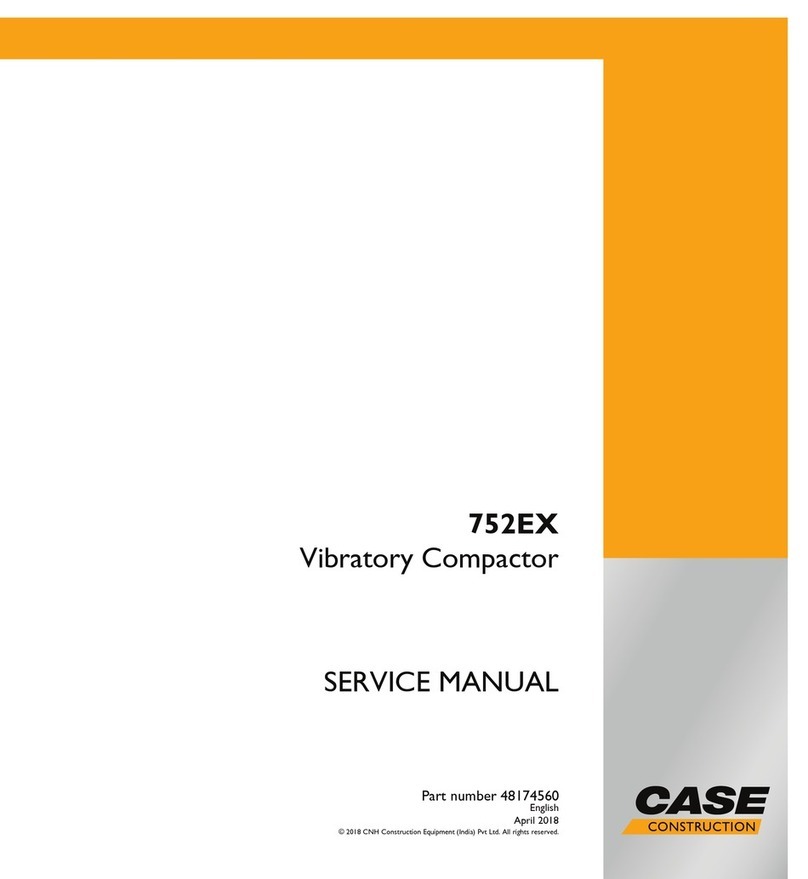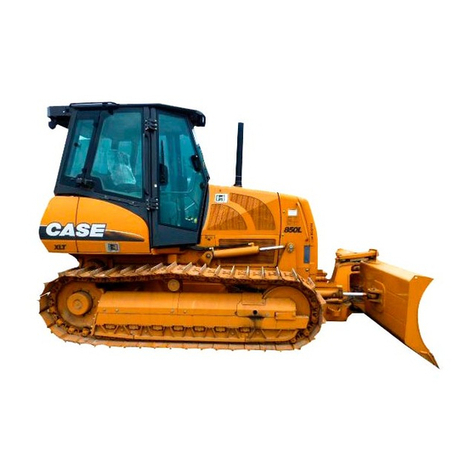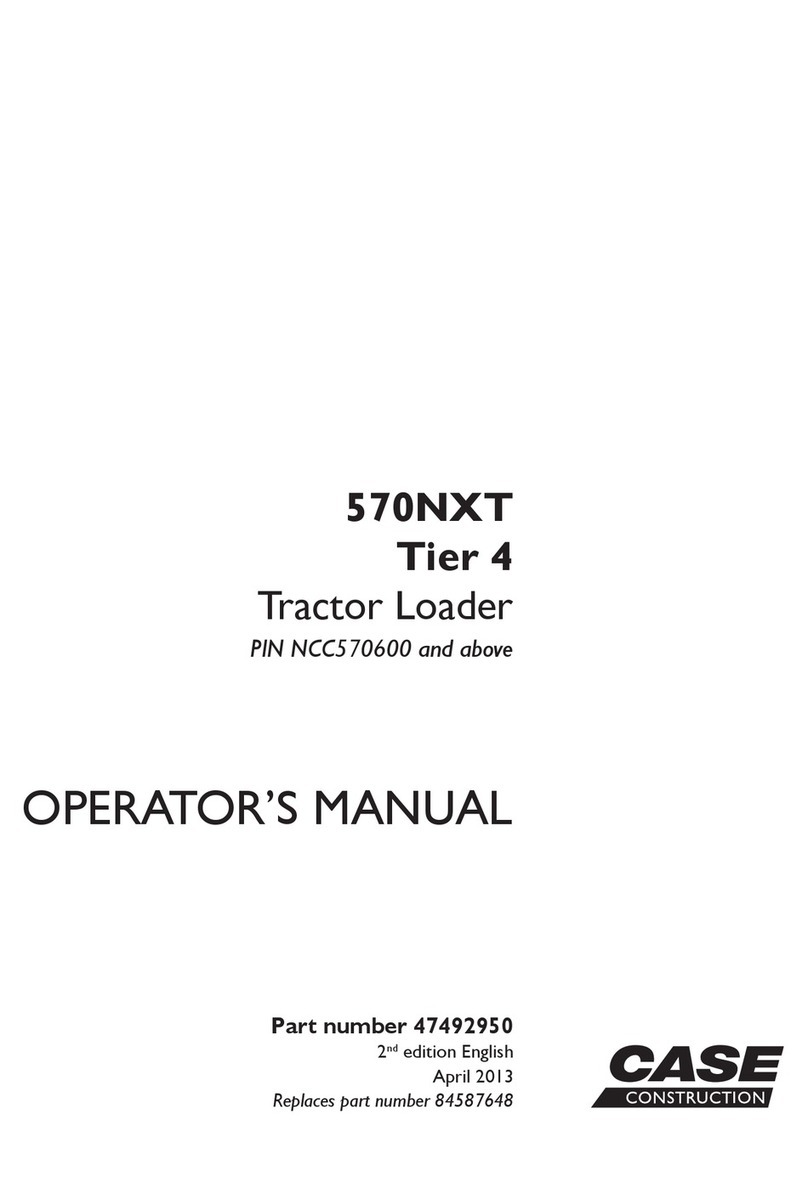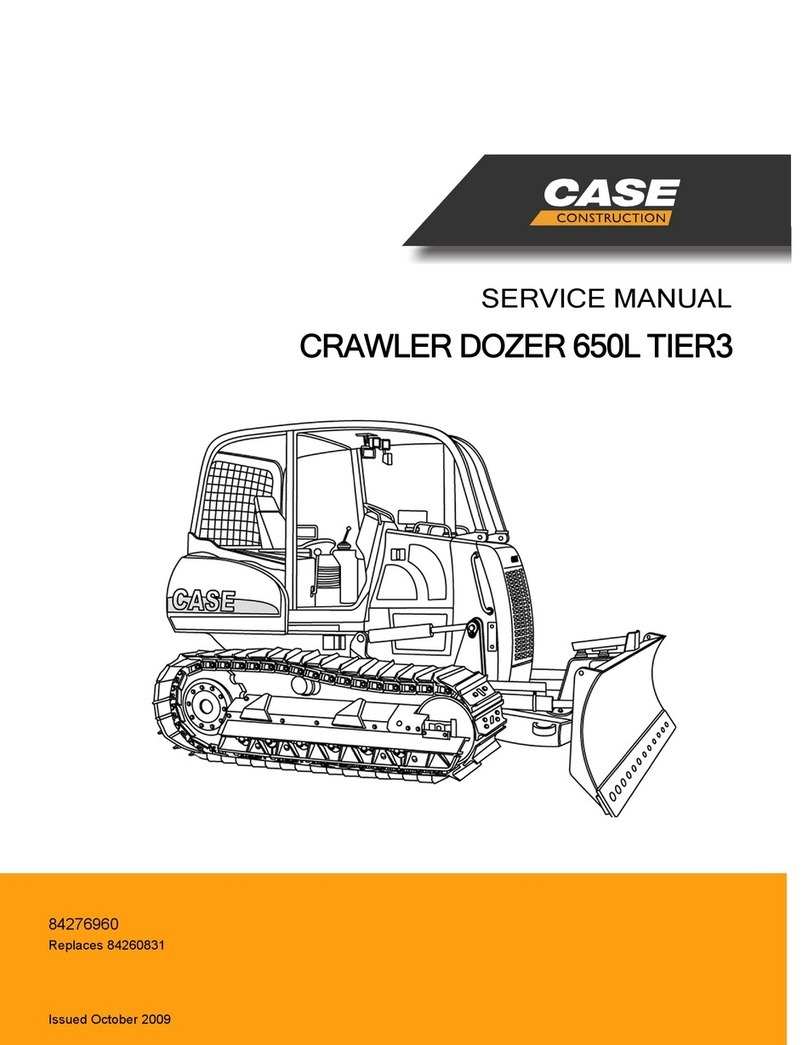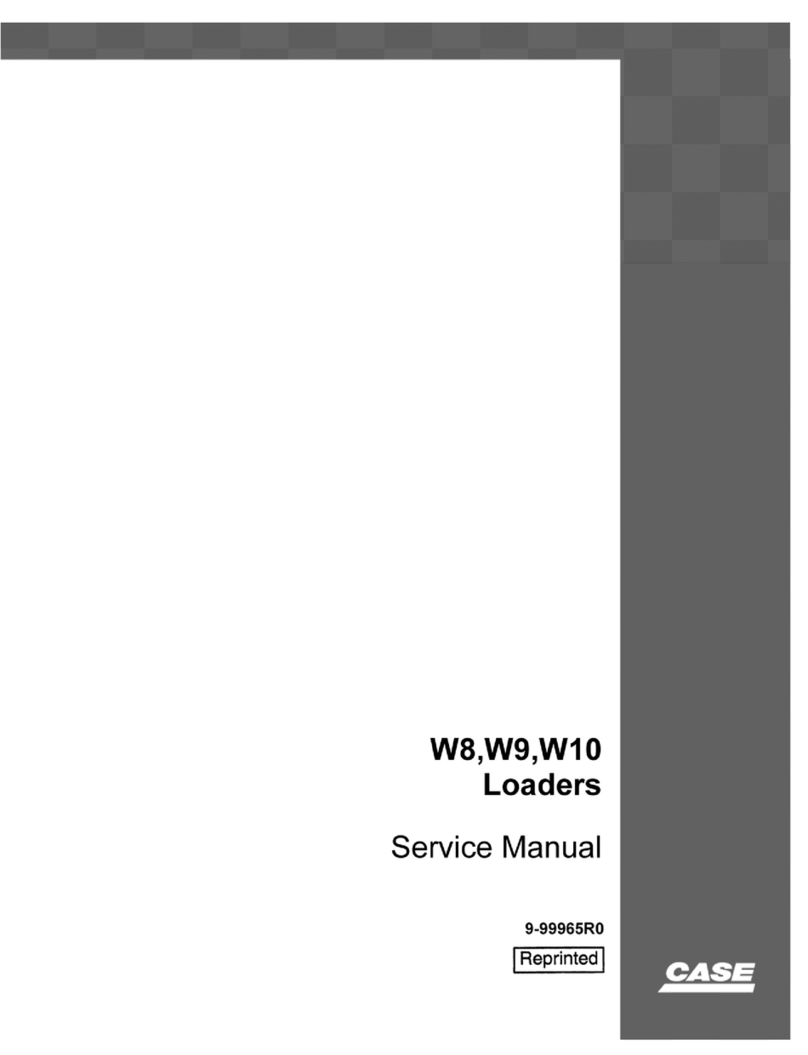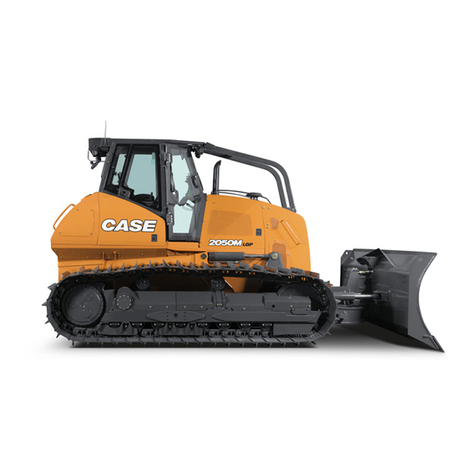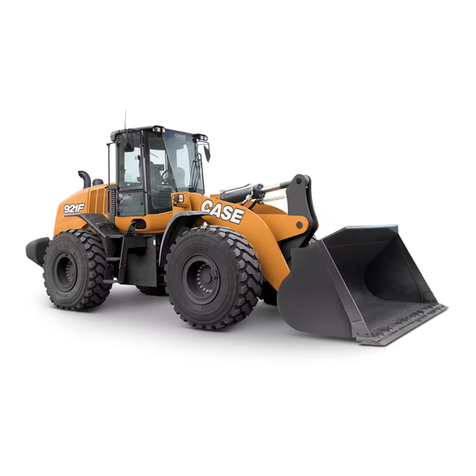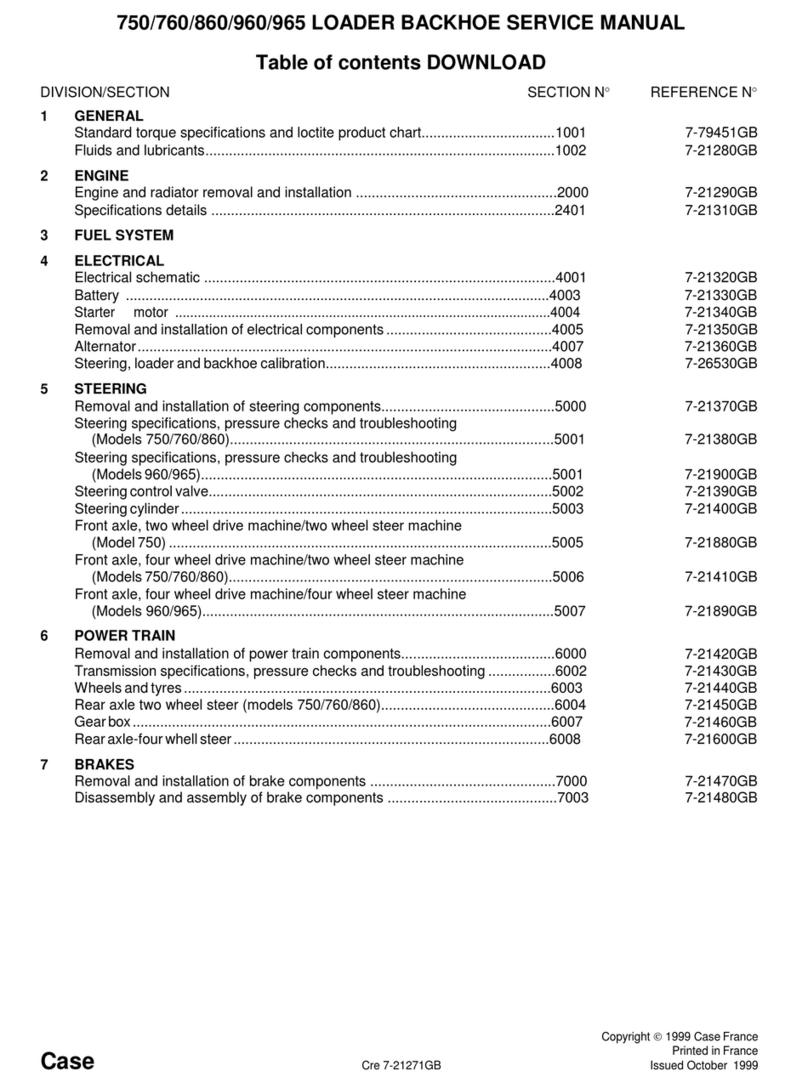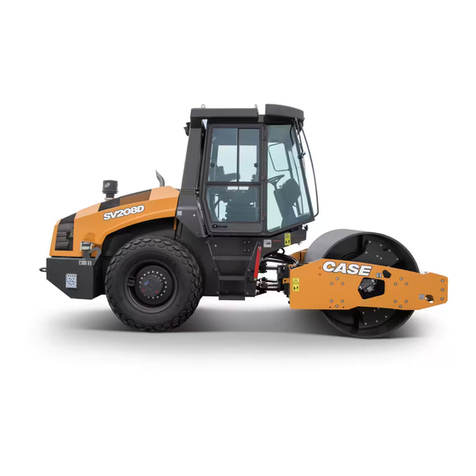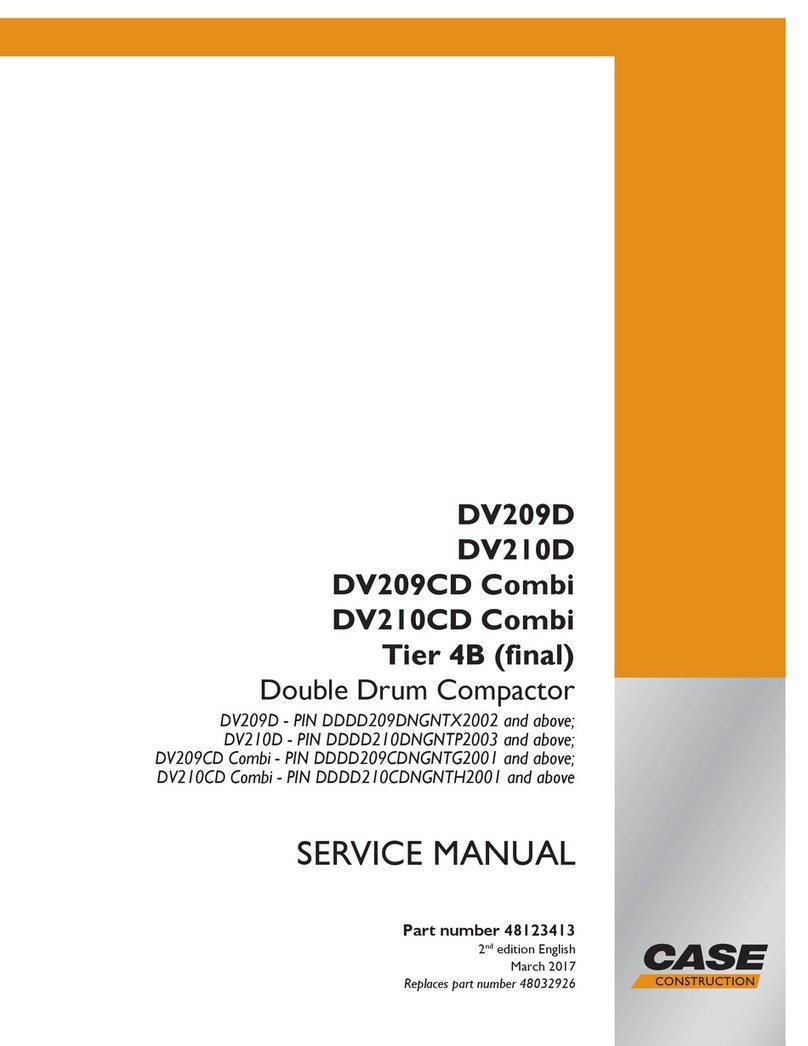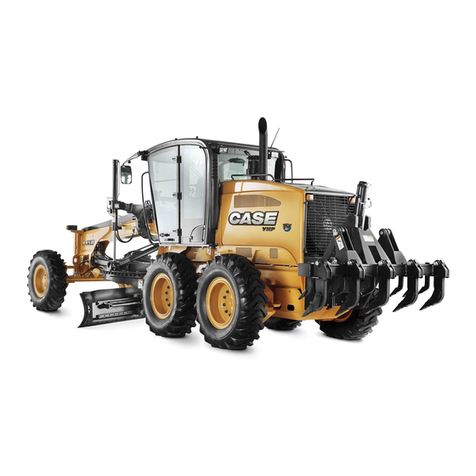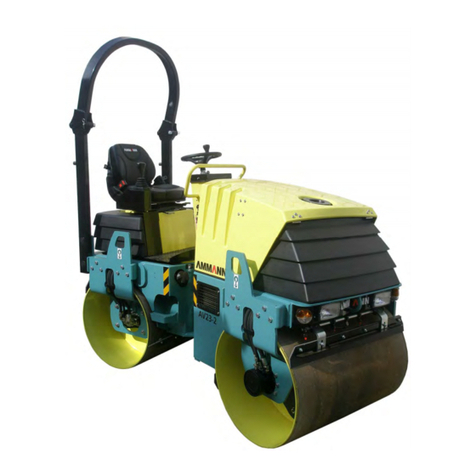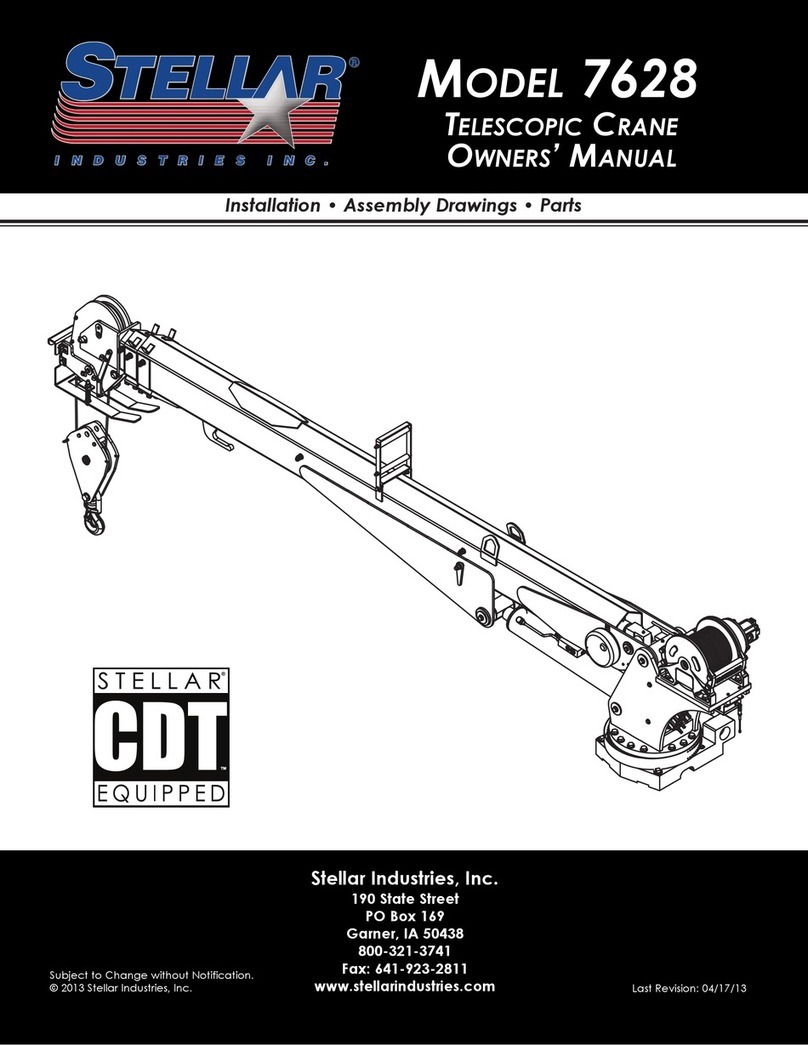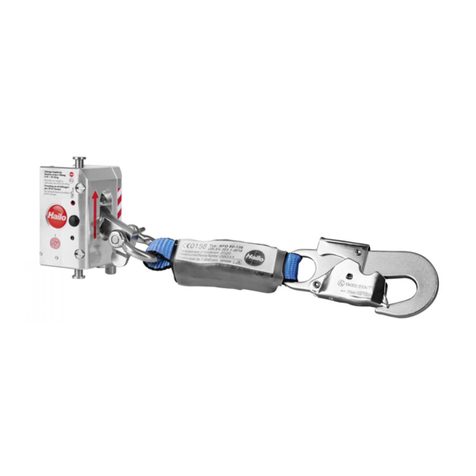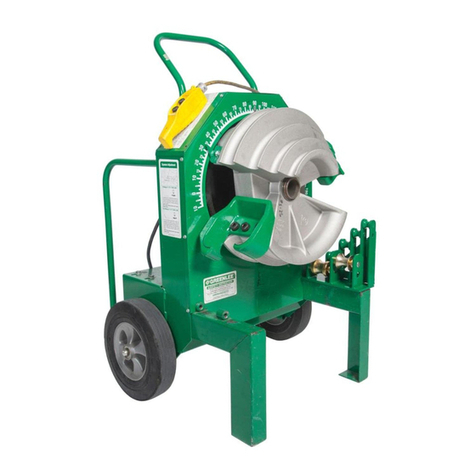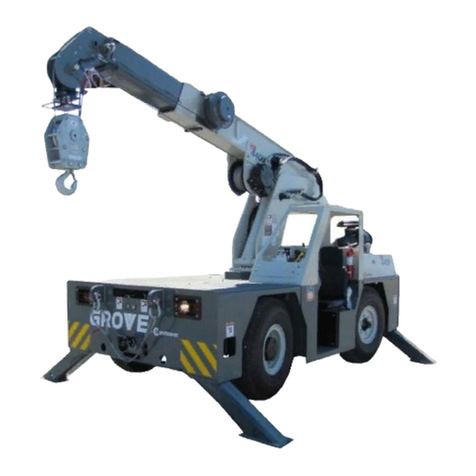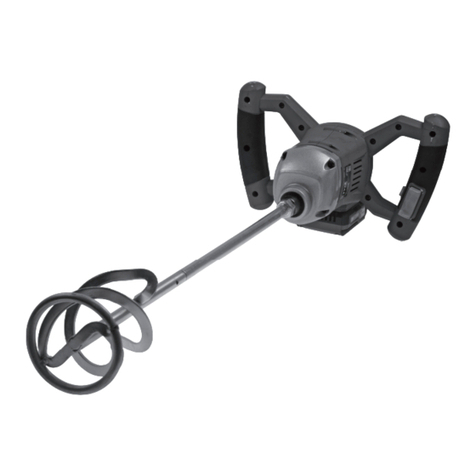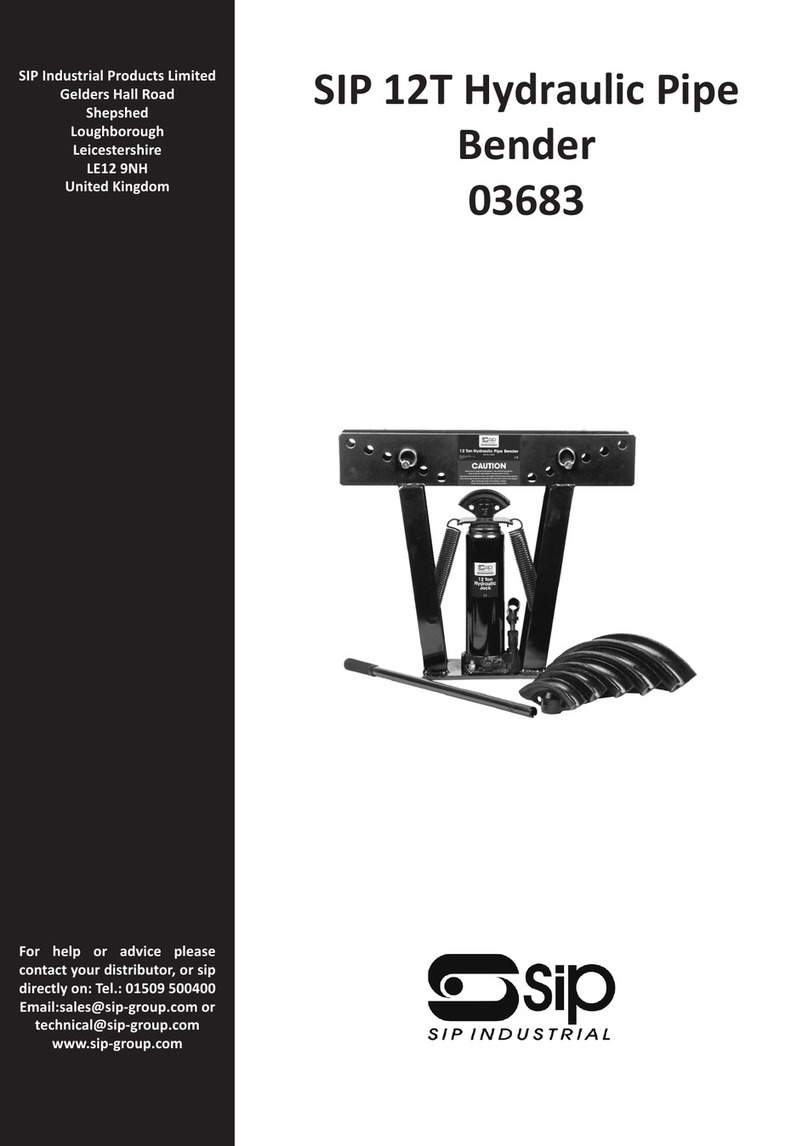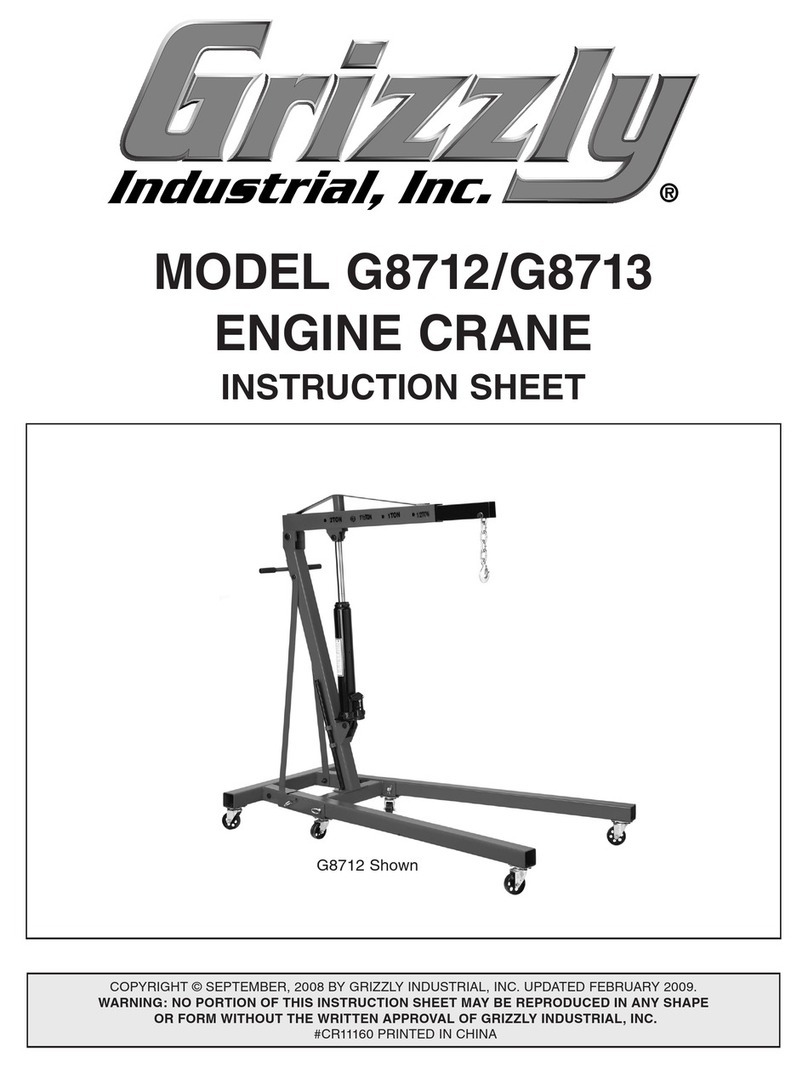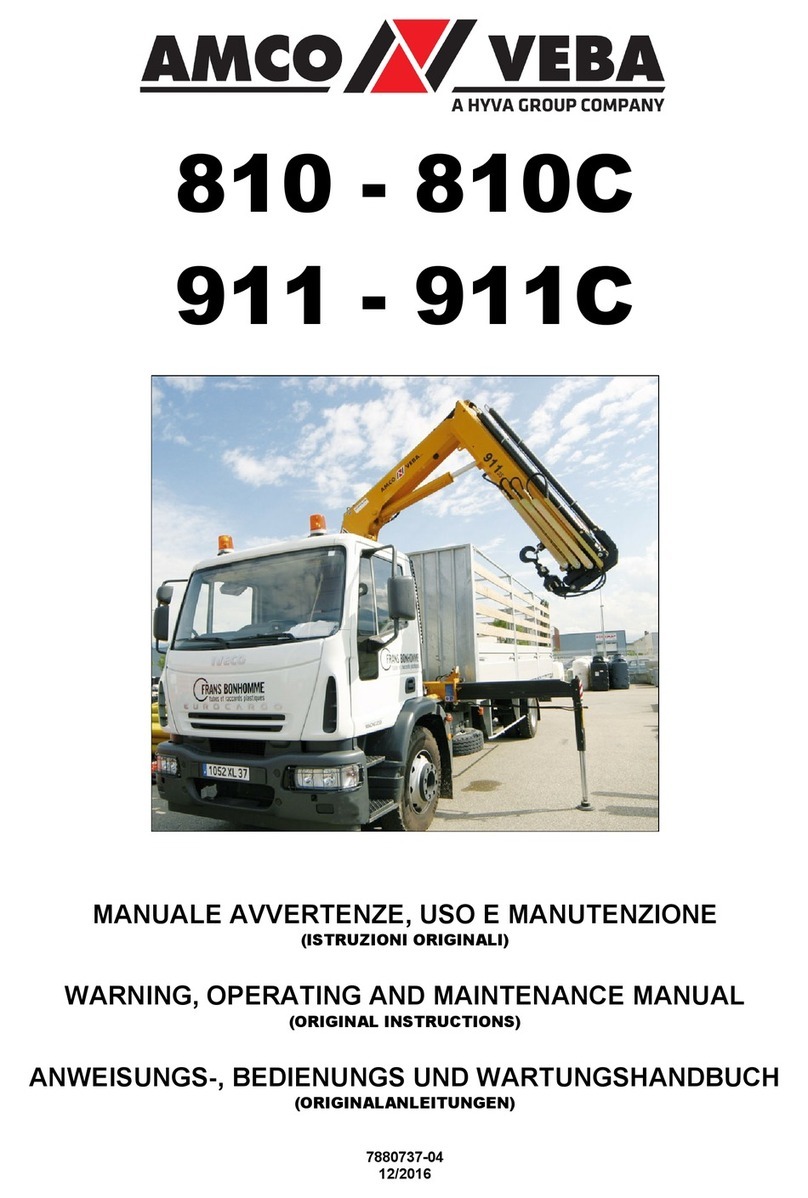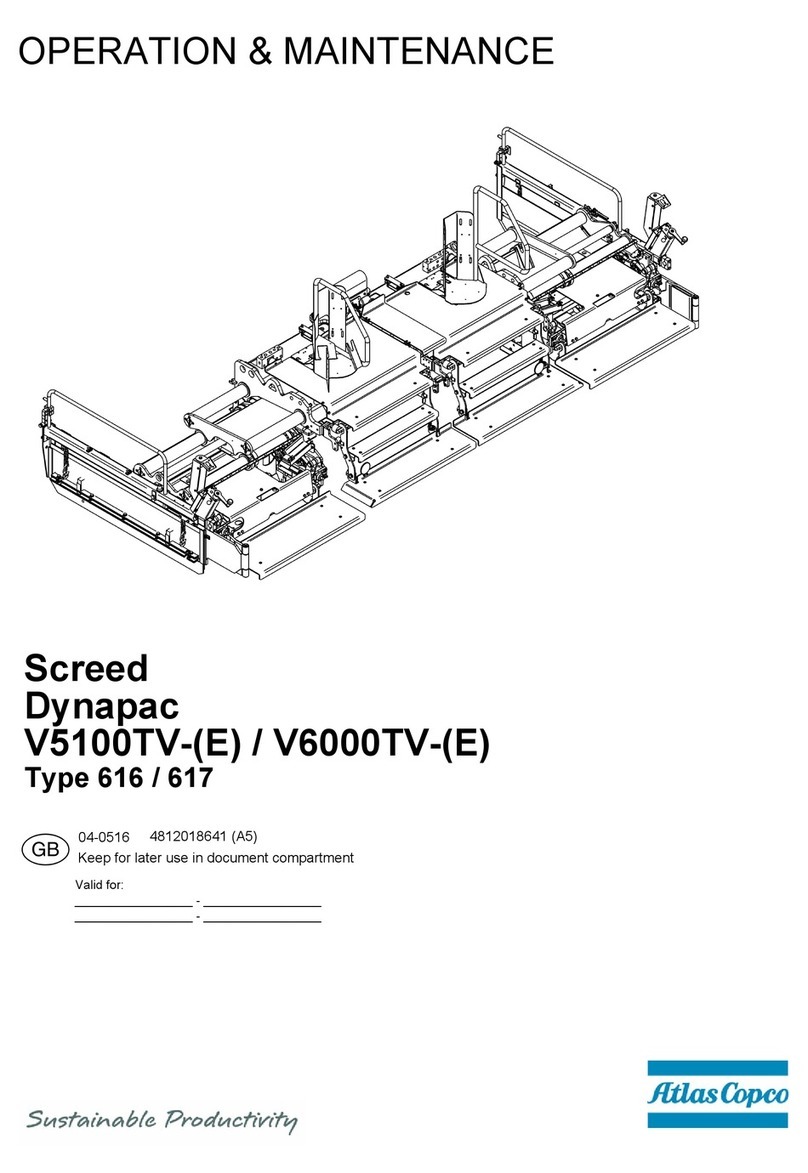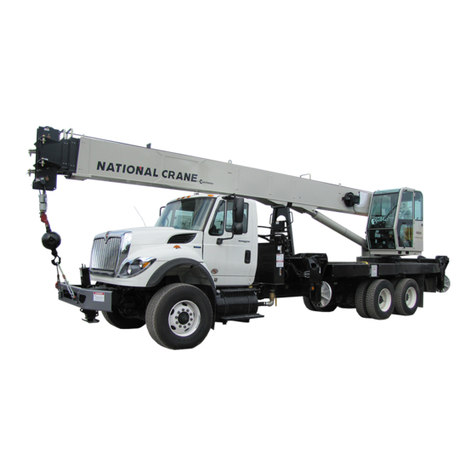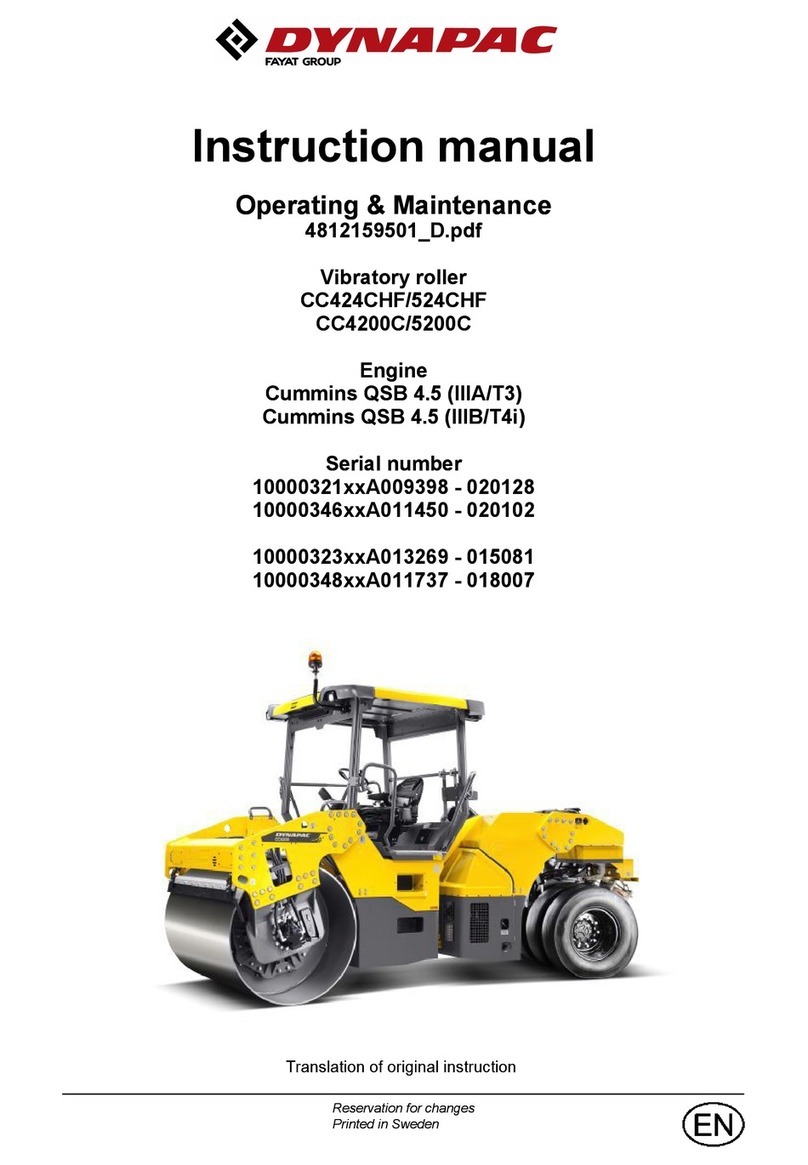
4SECTION 00 -- GENERAL
◊To load/unload a machine from transporter,
choose a level surface ensuring firm support to
the wheels of truck or trailer. Anchor the machine
securely to the bed of truck or trailer and block
wheels or tracks with appropriate wedges.
◊Use only approved grounded auxiliary power
sources for heaters, chargers, pumps and simi-
lar equipment to reduce the hazards of electrical
shocks.
◊Lift and handle heavy parts with a lifting device
of proper capacity.
◊Beware of bystanders.
◊Never pour gasoline or diesel fuel into open,
wide and low containers.
◊Never use gasoline, solvent or other flammable
fluid to clean parts. Use exclusively qualified,
non--flammable, non--toxic commercial sol-
vents.
◊When using compressed air for cleaning parts,
use safety glasses with side shields or goggles.
◊Limit pressure to 2.1 bar, in accordance with
local and national regulations.
◊Do not run the engine in closed areas without
proper ventilation to remove deadly exhaust
fumes.
◊Do not smoke or permit any open flames or spark
near when re--fuelling or handling flammable
materials.
◊Do not use an open flame as a light source to
look for leaks or for inspection anywhere on the
machine.
◊Move with extreme care when working under the
machine, its attachments and or on or near
them. Always wear protective safety equipment
as required, such as hard hat, goggles, safety
shoes, ear plugs.
◊When performing operations requiring running of
the engine, have a qualified operator in the oper-
ator’s seat at all times with the mechanic on
sight. Place the transmission in neutral and set
the brakes and safety lock.
◊For field service, move machine to level ground,
if possible, and block it. If work on an incline is
absolutely necessary, first block machine and its
attachments securely, than move it to level
ground as soon as possible with a certain margin
of safety.
◊Do not trust worn and /or kinked chains and
cables: do not use them for lifting or pulling oper-
ations. To handle them, always use heavy
gloves.
◊Be sure chains and cables are anchored and the
anchor points are strong enough to handle the
expected load. Keep exposed personnel clear of
anchor points and cables or chains. No
bystanders are allowed near the hooking points,
chains or cables.
◊Keep the area where maintenance operations
are performed CLEAN and DRY. Eliminate
immediately all water and oil spillages.
◊Do not pile up oily or greasy rags; they represent
a fire hazard. Store in a closed metal container.
Before starting machine, check, adjust and lock
the operator’s seat for maximum comfort and
control of the machine. Be sure exposed
personnel in the area of operation are clear of the
machine before moving it or its attachments.
Sound the horn.
◊Do not carry loose objects in pockets that might
fall unnoticed into open compartments.
◊Wear proper protective equipment such as
safety goggles or safety glasses with side
shields, hard hat, safety shoes, heavy gloves
when metal or other particles are apt to fly or fall.
◊Wear welders protective equipment such as
dark safety glasses, helmets, protective cloth-
ing, gloves and safety shoes, when welding or
burning. Wear dark safety glasses near welding
zones. DO NOT LOOK AT ARC WITHOUT
PROPER EYE PROTECTION.
◊Steel cables are frayed after prolonged use;
always wear appropriate protections (heavy
gloves, goggles etc.).
◊Handle all parts carefully. Keep hands and
fingers away from structures, gears or moving
parts. Use and wear always the appropriate
protections, such as safety goggles, gloves and
safety shoes.
Find manuals at https://best-manuals.com
